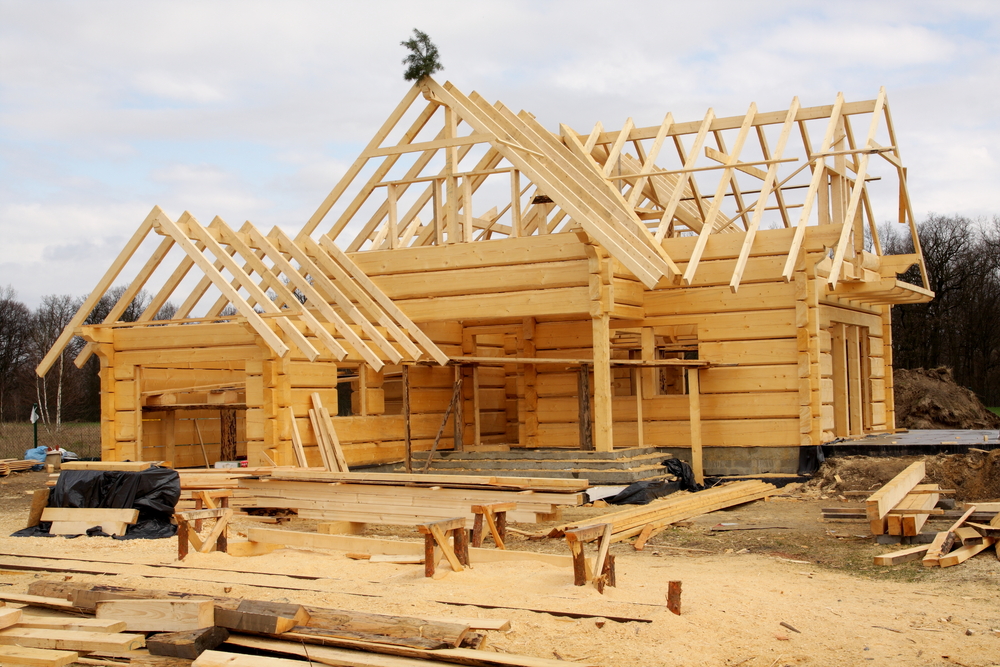 Buying a brand new home is a big decision and an important investment, and there is a lot to think about. The more you know about the process, the more exciting and enjoyable the experience will be and the more confident you will be that you have made the right choice for you and your family.
Buying a brand new home is a big decision and an important investment, and there is a lot to think about. The more you know about the process, the more exciting and enjoyable the experience will be and the more confident you will be that you have made the right choice for you and your family.
Here is some information we want to pass on to help you become knowledgeable about the home building process and encourage you to ask questions while you leave the hard work to your home builder.
If you don’t already have a building lot, you will have to decide where you want to live and research what is available in your chosen area. Fortunately, in Pennsylvania, there is still a great selection of prime land in the Pocono Mountains and the Lehigh Valley. Before you begin in earnest, you need to establish a reasonable budget that meets your needs and priorities. Your builder will help you work out the details before you sign a contract.
Step 1: Research
Consult with everyone in your household as to what is most important in a new home. Is the location convenient to work and shopping? Do you prefer a rural or more suburban environment? How many rooms do you need? Will it have an attached garage? Make a check list that prioritizes things from the must-haves down to “it would be nice if we can afford it”. You can choose to build an existing home design, or you can build a completely custom home, or even something in between.
After talking with your family, you should get your financing in order. Consult with a lender to see what you can afford in monthly payments while continuing to meet other financial obligations. Often, your builder can refer you to approved lenders they have worked with previously.
A good builder will have been active in the new home construction industry for 10 plus years and should have established a solid reputation as a residential housing specialist. Builders generally should be members in good standing of their regional Builder’s Associations and Chambers of Commerce and have earned a number of notable awards.
An experienced home builder can show you homes they have finished and those that are under construction, so you can witness firsthand the professionalism their work and on job sites. They should also provide references on request.
Let’s walk through the entire process, so you will know what to expect. Some questions you might want to ask would be:
What are the warranties?
- How much is the initial deposit?
- When will construction begin?
- What is the expected move-in date?
- Who is the main contact person for questions during construction?
Step 2: Planning
When you are fully satisfied, it will be time to make some important decisions. If you are pre-approved by your lender, you will be able to begin developing plans for your new home. Next you move on to the contract which is extremely important in the home building process.
According to Pennsylvania homebuilder Robert K Ace Jr., “The contract from a quality home builder will include a detailed description of your home including features and finishes, and spell out whether these features are standard or upgrades, and any additional costs. Before you sign, review the contract together. This ensures that you are agreeing on exactly the same thing.”
After the contract is signed, finalized plans will be submitted by your home builder for all required permits, which may include building, electrical, plumbing, septic system, and sewer connection. Site tests may also be necessary that can result in final engineering adjustments to your plans. In Pennsylvania, for example, a perk test is required for septic systems.
Step 3: Foundation
The foundation not only determines the footprint of the house but also supports the building. It needs to be strong, square, and dry. We recommend a waterproofing system that will protect areas below grade. The foundation is one of the first required inspections.
Although they won’t be installed for weeks, now is the time to begin making your selections on flooring, tiles, cabinets, and so on. They must be ordered early to prevent delays later.
Step 4: Framing
Finally it will begin to look like a house. You can see the rooms and spaces begin to take shape. When the crew finishes the first floor deck, you can actually walk around your new home. You will begin to see exterior walls and interior partitions forming along with the installation of doors and windows. Home builders try to get a roof on as quickly as possible to protect your house from the elements. Electrical, plumbing, heating, cooling, and ventilation are roughed in. These also require inspections to meet local building codes.
Step 5: Rough-Ins
Although this phase of construction may appear to slow down, lots of things are happening on the inside of the house.
Dozens of craftsmen will be installing plumbing, heating, air-conditioning, lighting, security systems, central vacuum lines, cable, computer networking, exhaust fans, fireplaces, and lots of prepping for things yet to be installed.
Your builder should stay in regular contact with you to update you on progress and to meet deadlines for selecting finishes and other interior/exterior details.
Step 6: Interior
It’s time to paint the walls, install the doors & trim, hang cabinets, and put down flooring.
Next to be installed are the light fixtures, countertops, appliances, plumbing fixtures, mirrors, shower doors, security systems, door knobs, towel bars and toilet paper holders.
Step 7: Exterior
Siding, gutters, porches, decks, and any exterior options are added. The builder should now perform a final grade on the lot and put in drives and walkways.
Step 8: Walk-through
Your home builder now does a walk-through with you to see if there are any last touch-ups. After that, it’s time for them to hand you the keys so you can now move into your new home!









